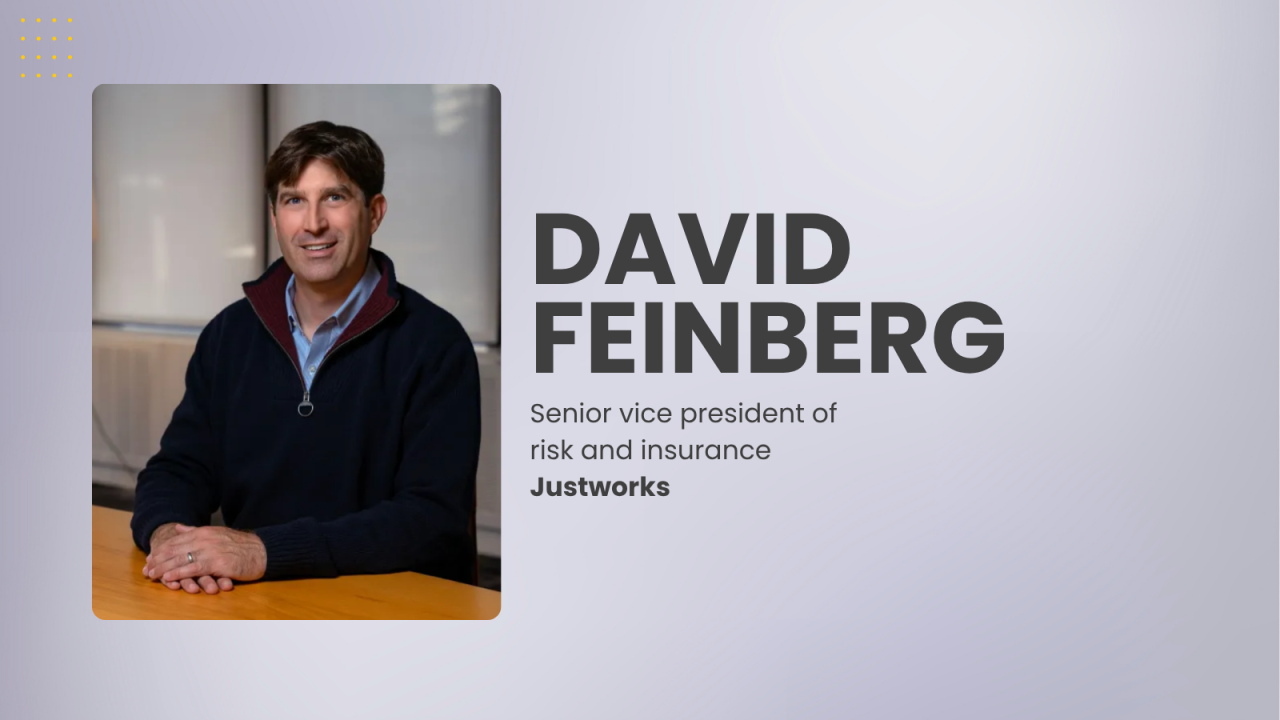In the mass shift to remote work and a
While
A recent report from Website Planet reveals that 84% of AI surveillance cases emerged after 2019, with a sharp rise during the pandemic. From global corporations like Amazon and Microsoft to financial institutions like Barclays, companies have adopted tools that track employees' digital activity, location and even emotional states in the name of productivity.
Read more:
However, the human cost is becoming impossible to ignore. Employees subjected to AI surveillance are 1.5 times more likely to
"Employers have to acknowledge that employees' anxiety around AI is reinforced by various sources," Dimitris Tsingos, co-founder and president of workplace technology vendor Epignosis,
Far from motivating employees, surveillance often triggers anxiety and leads to distrust. In some cases, it even backfires. A study in Harvard Business Review found that employees who knew they were being watched were more likely to cheat or cut corners. Others admitted to faking productivity — leaving apps open, pre-scheduling emails, or logging in via mobile devices — to appear active under the gaze of tracking tools.
Read more:
Why surveillance isn't the answer
Many AI tools attempt to quantify productivity through simplistic metrics: Time spent on screen, number of emails sent or mouse movements. But these inputs fail to capture the full scope of creative, collaborative, or strategic work. They also
"Transparency is critically important when an organization is implementing any type of AI," Sara Gutierrez, chief science officer at talent management solution SHL, previously shared with EBN. "The best thing organizations can do is set up some form of official governance framework that enables them to show employees how the AI models work and explain why they're confident it has the least amount of bias."
Read more:
As legislation struggles to keep pace, only the European Union has implemented robust safeguards through its 2024 AI Act. In contrast, the U.S., Canada, and the UK rely on fragmented laws that often leave employees vulnerable.
If unchecked, AI-powered decision-making can lead to a dystopian workplace where software — not supervisors — determines performance, pay, and promotions. Can benefit managers find a better way to move forward?
Productivity without surveillance: Benefit alternatives to consider
Employers can
Supporting mental health is another key investment. Rather than tracking behaviors, employers should provide access to counseling services, mindfulness programs and wellness stipends. Manager training is also essential to help teams recognize signs of stress and provide meaningful support.
Read more:
Performance management should shift away from input-based metrics like keystrokes or screen time and instead focus on outcomes. Setting clear goals and evaluating results — along with peer and manager feedback — creates a more accurate and motivating framework for measuring success.
Growth and development opportunities also play a critical role in sustaining engagement. Employers can offer tuition reimbursement, upskilling courses, and mentorship programs to ensure employees feel valued and supported in their career journey.
Finally, transparent communication, autonomy, and meaningful recognition go a long way toward building a workplace where employees are motivated by purpose — not pressure. When workers feel trusted and empowered, they're far more likely to bring their best selves to the job.
"If you have a people problem, you will have an AI problem. As multi-agent systems redefine the workplace, the challenge will be to integrate and manage them securely and effectively," Amy Webb, CEO of Future Today Strategy Group, previously shared with EBN. "Companies that already know how to enable their human workforce will succeed — breaking down silos, fostering collaboration and ensuring the entire organization works toward common goals."





